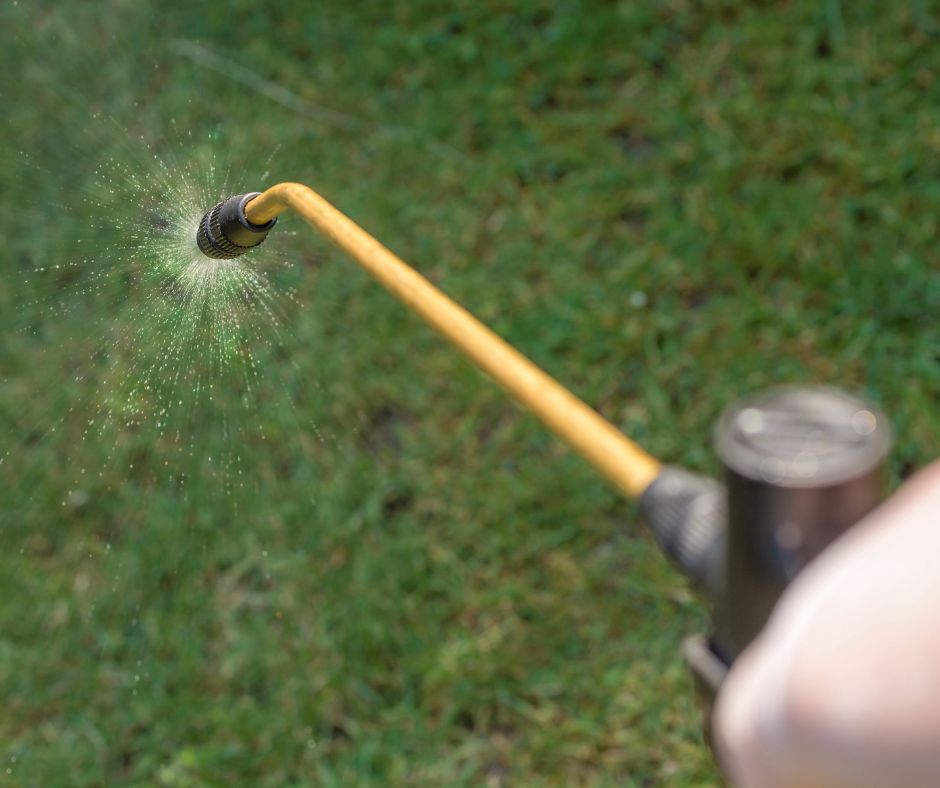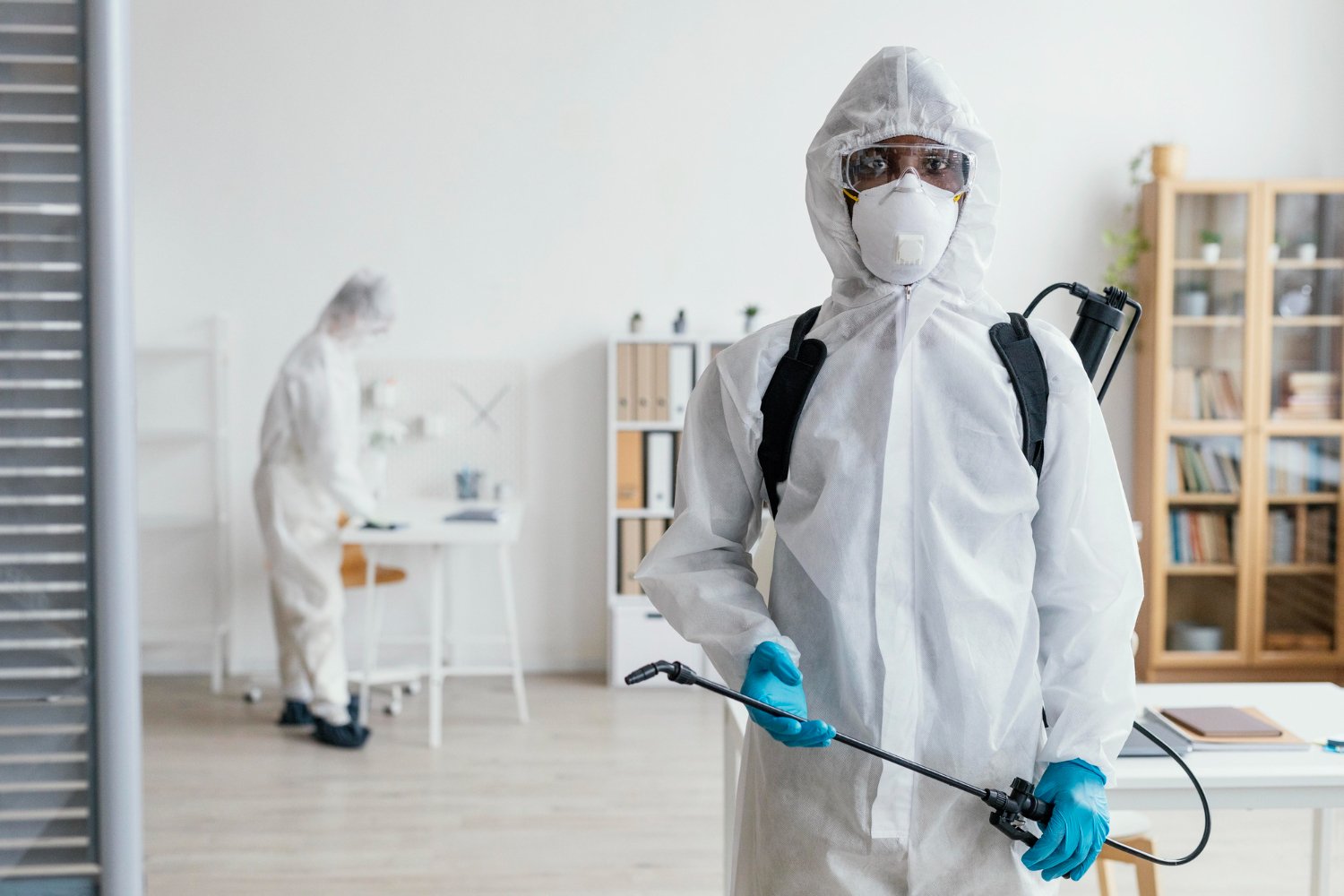Powerful Termite Treatment Port Charlotte to Safeguard Your House
Wiki Article
Find Out About the Latest Breakthroughs in Insect Control and Exactly How to Apply Reliable Therapy Solutions
In current years, the field of pest control has actually experienced significant developments, driven by the requirement for efficient and lasting therapy remedies. Ingenious methods such as Integrated Parasite Monitoring (IPM) combine green practices with innovative innovation, boosting both efficacy and ecological obligation.Eco-Friendly Bug Control Options
In the last few years, the need for environmentally friendly parasite control options has surged as services and homeowners alike seek lasting choices to typical chemical therapies. This shift is driven by expanding ecological understanding and a desire to minimize the health dangers linked with synthetic pesticides.

Environmentally friendly pest control techniques encompass a series of approaches that focus on the usage of natural compounds and methods. Integrated Pest Management (IPM) is one such method, combining organic, social, and mechanical techniques to manage parasite populations while minimizing reliance on chemicals (Wildlife removal services). This alternative method emphasizes avoidance through habitat control and the intro of natural killers, consequently promoting a balanced environment
An additional preferred alternative is using organic chemicals stemmed from plants, which have a tendency to be less unsafe to non-target microorganisms. Products like neem oil and diatomaceous earth have gotten grip for their efficiency in managing parasites while posturing minimal risks to human wellness and the environment.
Furthermore, exemption methods, such as sealing entry factors and preserving sanitation, play an essential duty in green insect administration. By adopting these sustainable methods, people and businesses can effectively take care of pests while promoting a healthier earth for future generations.
Smart Modern Technology in Parasite Management
Development is improving the landscape of insect monitoring, with clever technology becoming a crucial force in improving efficiency and effectiveness - Wildlife removal services. The combination of Internet of Things (IoT) tools, expert system (AI), and information analytics is revolutionizing exactly how insect control professionals approach problems
Smart catches geared up with sensing units can discover parasite activity in real-time, sending out immediate notifies to drivers. This permits prompt reactions, lessening damages and reducing the need for comprehensive treatments. In addition, AI algorithms analyze historical information to anticipate pest behavior, making it possible for proactive interventions based on ecological problems and invasion patterns.
Drones and automatic cars are likewise playing a substantial function in pest monitoring, providing aerial analyses of huge locations, identifying hotspots, and also distributing targeted treatments. These technologies not only improve operations yet additionally improve safety and security by limiting human exposure to potentially unsafe chemicals.
Additionally, mobile applications encourage consumers to monitor bug task and access professional recommendations, cultivating a collaborative strategy to pest administration. Overall, the adoption of smart modern technology is establishing a new criterion in insect control, highlighting data-driven choices and lasting techniques that inevitably benefit both professionals and house owners alike.
Integrated Parasite Monitoring Strategies
Integrated Pest Monitoring (IPM) employs an all natural method to pest control, incorporating various methods to efficiently take care of pest populaces while lessening dangers to human health and wellness and the environment. IPM revolves around recognizing the pest life cycle, their natural enemies, and the ecological community in which they grow.One of the basic components of IPM is keeping track of pest populations via normal assessments and data collection. This enables the recognition of pest limits, figuring out when intervention is required. Cultural practices, such as crop rotation, sanitation, and habitat control, are crucial in decreasing parasite occurrence and advertising plant health.
Mechanical controls, consisting of catches and obstacles, are likewise essential in IPM. These techniques can physically remove or deter insects without using chemicals. When required, the judicious application of chemical controls is employed, concentrating on targeted treatments that reduce environmental effect.
Education and learning and collaboration among stakeholders, including farmers, pest control specialists, and the area, are crucial for the effective application of IPM methods. By prioritizing sustainable techniques, IPM not just addresses pest problems yet also fosters a healthier environment.
Biological Control Methods
Various biological control approaches are significantly identified for their effectiveness in managing parasite populaces while advertising environmental equilibrium. These techniques harness natural predators, bloodsuckers, and microorganisms to decrease pest numbers without depending on artificial chemicals. The intro of ladybugs can effectively control aphid populations, while nematodes target soil-dwelling insect larvae.Furthermore, using microbial pesticides, such as Bacillus thuringiensis (Bt), provides an eco-friendly option for managing caterpillar bugs. These products particularly target pest species, decreasing damage to advantageous pests and pollinators. Preservation organic control emphasizes enhancing environments for all-natural opponents, such as birds and valuable pests, thus urging their visibility in farming systems.
Research remains to reveal innovative strategies within this area, such as using pheromones to interrupt pest mating patterns or the growth of biocontrol representatives with hereditary engineering. Applying these methods can cause lasting pest administration techniques that minimize the reliance on chemical treatments, inevitably fostering much healthier communities. As understanding of these strategies expands, they are coming to be essential elements of integrated pest monitoring (IPM) approaches, offering a balance between efficient parasite control and environmental stewardship.
Do It Yourself Parasite Control Solutions
As home owners look for effective means to deal with bug problems, DIY parasite control remedies have actually obtained appeal for their availability and cost-effectiveness. These approaches empower people to resolve problems utilizing easily available products and techniques, commonly without the demand for specialist treatment.
Additionally, preserving correct cleanliness and routine assessments can stop bug entrance and nesting (Wildlife removal services). Basic practices, such as sealing cracks, eliminating food resources, and decluttering, can significantly reduce insect populaces. Catches, both homemade and commercially available, can additionally offer reliable remedies for surveillance and regulating particular bugs like bugs or rodents

Final Thought
The combination of eco-friendly parasite control options, clever modern technology, and cutting-edge monitoring strategies provides an extensive technique to effective pest administration. By accepting Integrated Insect Monitoring (IPM) and utilizing biological control approaches, alongside DIY options, lasting and liable parasite control can be attained. These advancements not only enhance the performance of bug monitoring practices however also add to a healthier environment. Applying these techniques promotes a balanced community while successfully resolving pest populaces.Green insect control approaches encompass a range more tips here of techniques that prioritize the use of natural materials and techniques. Integrated Insect Administration (IPM) is one such strategy, integrating more organic, cultural, and mechanical methods to manage insect populaces while lowering dependence on chemicals. As awareness of these methods expands, they are coming to be integral components of integrated bug management (IPM) strategies, supplying an equilibrium between efficient bug control and ecological stewardship.
The assimilation of environment-friendly insect control options, smart technology, and innovative monitoring techniques offers a thorough approach to effective parasite monitoring. By embracing Integrated Insect Management (IPM) and making use of organic control approaches, along with DIY services, sustainable and responsible parasite control can be attained.
Report this wiki page